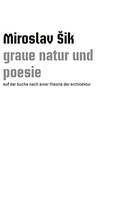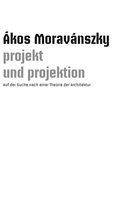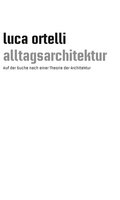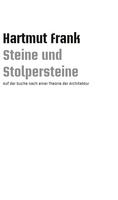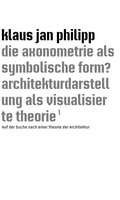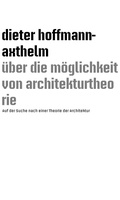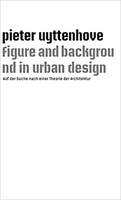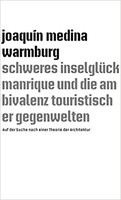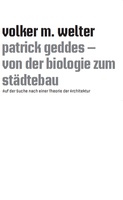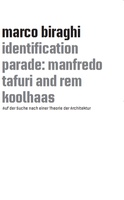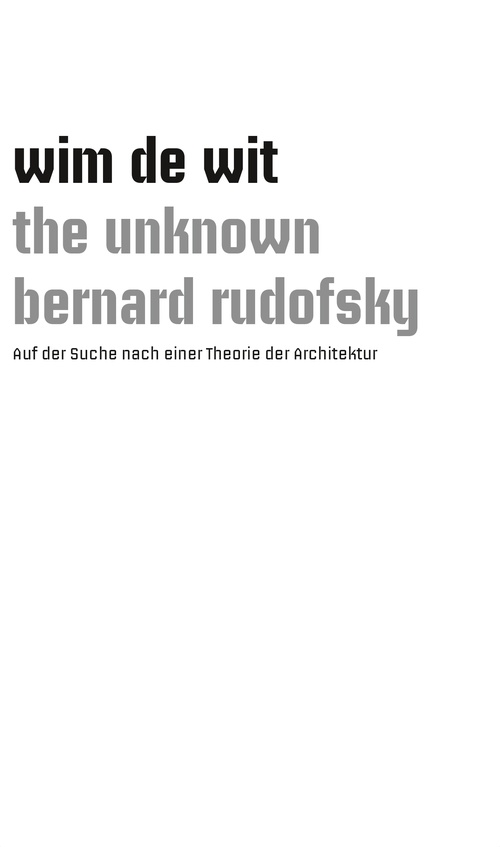
Wim de Wit
is Adjunct Curator of Architecture and Design at the Cantor Arts Center of Stanford University in Stanford CA. He studied history of art at the Katholieke Universiteit Nijmegen (NL) and graduated with a thesis on De Amsterdamse School. He was a researcher and curator at the Nederlands Documentatiecentrum voor de Bouwkunst in Amsterdam and at the Historical Society in Chicago. From 1993 on he worked in different positions at the Getty Research Institute (GRI) in Los Angeles and there from 2008-2013 was Head of the Department of Architecture and Contemporary Art.
He published internationally in scholarly journals and books and curated several major exhibitions, including Julius Shulman, Modernity and the Metropolis (2005); Lessons from Bernard Rudofsky (2008); Overdrive: L. A. Constructs the Future, 1940–1990 (2013).
He also built a world-class architectural collection at the GRI, with particular emphasis on pre-World War II European modernism and post-war California architecture.
de Wit, Wim
The Unknown Bernard Rudofsky
20 Seiten
6,00 Euro
Maße: 20,0 x 13,0 cm
ISBN: 978-3-86485-094-3
Hamburg 2017




